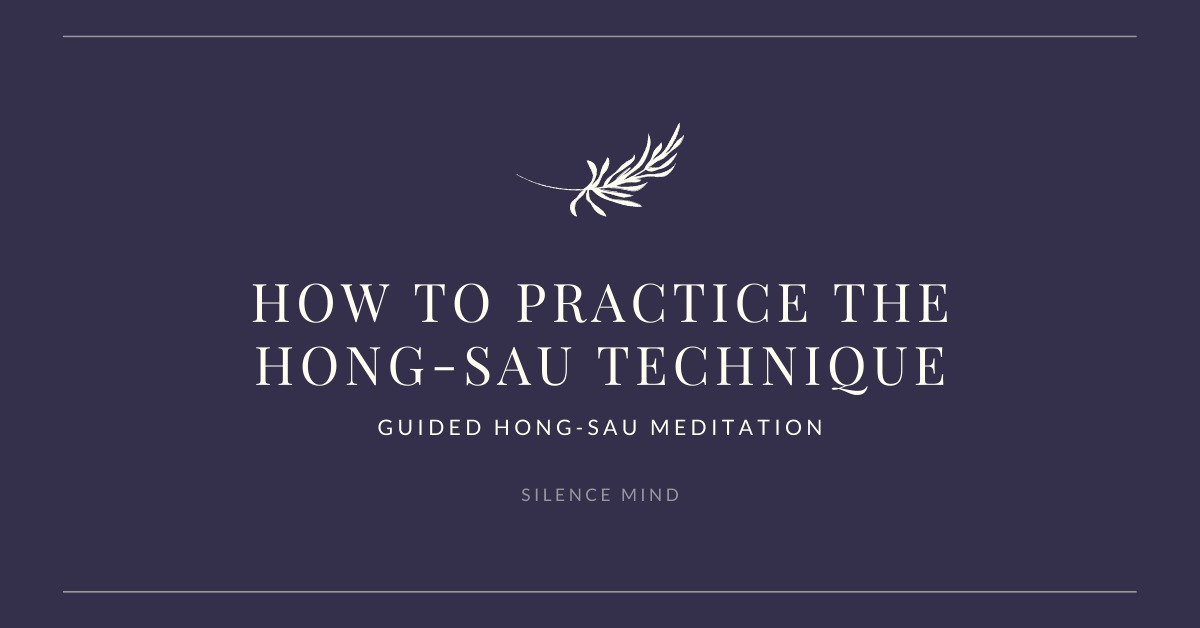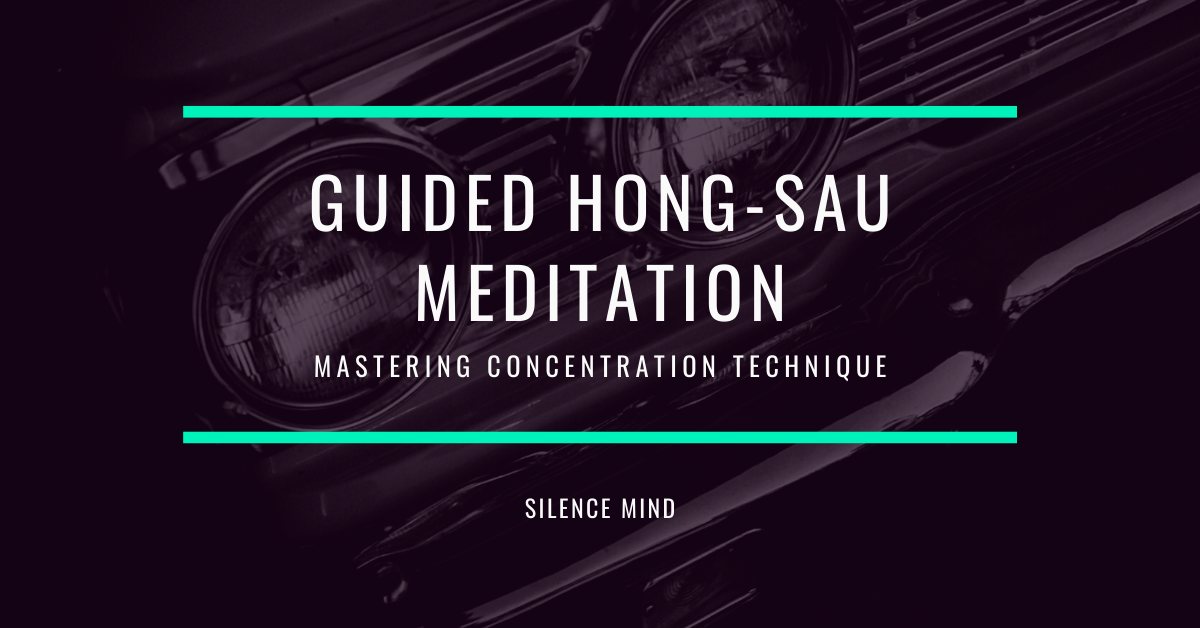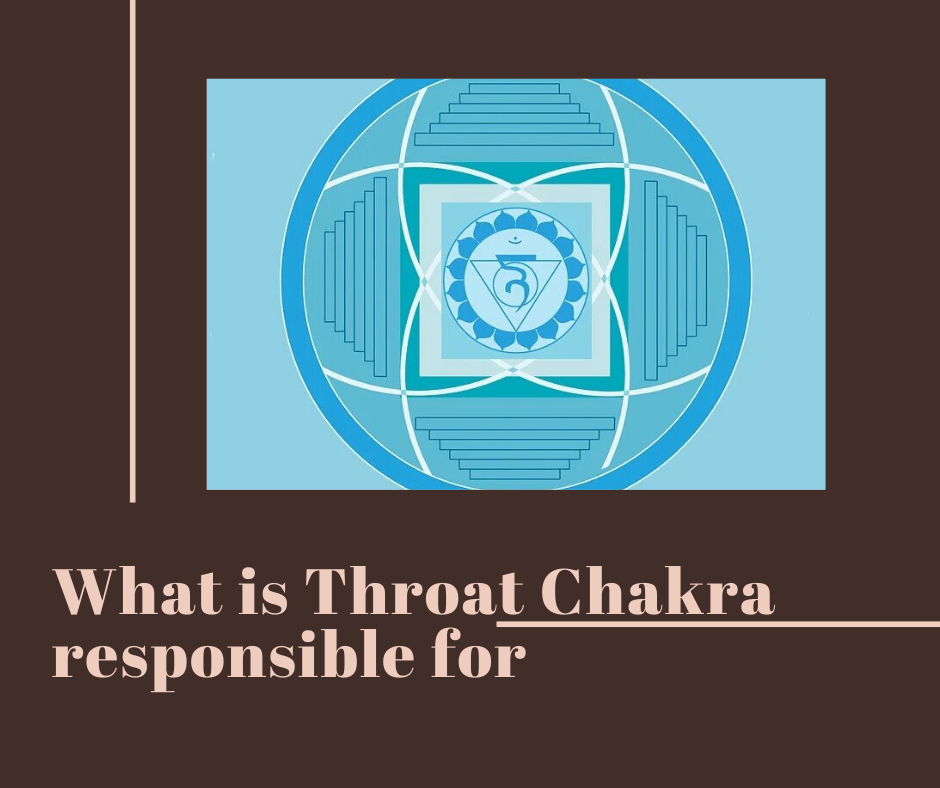I’m going to lead you through an introductory session of the Hong Sau Technique of Concentration as well as the major benefits of this Mantra while Meditation.
I meditate for the same reason that many people come to me to ask to learn how to concentrate and how to meditate.
I am so bombarded by the constant stimulation of the phone, the tablets, the alerts, that it’s difficult to sometimes find my center, concentrate and to remember why I’m doing, what I’m doing.
By making time each day to sit and enter stillness, I’m able to once again achieve that sense of peace and calmness. And realize a purpose behind what I do and why I’m here. I sincerely hope that as you develop in your meditation practice, you will also find peace and calmness, and whatever it is that you are seeking, for your meditation to bring to you.
Meditation can be many things to many people. But, one way to think about it is a profound state of deep concentration. It is a state of alert relaxation and what I mean by that is not relaxation in the sense, “I’m sleepy and I want to go to bed.” But, relaxation in the sense of the absence of tension, stress or anxiety.
But, your mind is actually focused and active. It’s a state of mind where you’re able to achieve a stillness and clarity, and yet, you are not tensed or distracted. It helps you to rise above the ego and connect with Higher Consciousness.

Hong-Sau Technique of Concentration
An important thing to remember is that in the Hong-Sau Technique of Concentration you want to sit comfortably in an upright position. Some people ask me about lying down in bed to meditate.
Well, it’s not impossible to meditate that way.
It’s a very difficult way to begin, because most people will typically fall asleep when they start focusing on the breath if in a lying down position.
So it’s much better to practice sitting upright. So that you can stay awake and concentrate. You can either sit on a cushion, a bench or a chair. We want to make sure that your spine is lengthened and that your shoulders are relaxed, the back of the neck is long and that the chin is level with the ground.
You’re going to maintain an uplifted gaze behind your closed eyelids. A way to determine how to find that is to extend your hand in front of you and look at your thumbnail right in front of your eyes. Then lift the thumbnail to the top of your head continuing to gaze at it. And then close your eyes and go ahead and lower your hand, but you maintain that sense of upliftedness in the eyes, even though the eyes are closed as if you’re staring at the point between the eyebrows.
Go ahead and open your eyes again, if you have them shut. And you can use different techniques to remember to do this. Imagine that your eyes are naturally floating upward, or that they’re resting in the tops of the eye sockets and you can develop that as you practice into a way that’s comfortable for you to remember to maintain that uplifted gaze.
You also want to rest your palms with the hands up right at the junction of the hip and thigh where the crease is and this helps keep your chest open and the shoulders relaxed and allows you to maintain a receptive position.
Also Read: How to Meditate before Sleeping?
The feet should be uncrossed and on the ground. So while we maintain this uplifted position, we’re going to softly close the eyes and lift the gaze upward and this is how you’re going to maintain your meditative posture.
Go ahead and open your eyes again. Before we go into Hong Sau Technique of Concentration Meditation, we’re going to do a couple of breathing exercises.
Double Breathing Exercise
The first is called the double breathing exercise.
We’re going to inhale through the nose with two breaths and then exhale through the nose and mouth and the idea is that you draw the energy in with the inhalation, and then as you exhale, you’re going to release tension from the body.
So, as we inhale we’re going to tighten our muscles; tight-tight-tight, vibrate with tension. And, then, as you exhale, let that tension & everything go.
We’re releasing the stored up energy in the body.
Let’s try that together:
- Inhaling, tight-tight-tight muscles, and exhaling (Releasing the stored up energy).
- Again double inhale everything tight and double exhale.
Now when we practice this before the Hong-Sau Guided Meditation, you’ll have your eyes closed so that you begin to interiorize your awareness and move away from the sensory distractions outside.
Equal Count Breathing
The next breathing technique that we will do before we start the Hong-Sau guided meditation is what we call equal count breathing. There’s nothing exotic or difficult about it. You’re going to inhale through the nose for a specific number of counts.
- In this case, we’ll do four.
- Inhale (Count 1, 2, 3, 4) and then hold (Count 1, 2, 3, 4) and then exhale through the nose for the same amount of time.
- So we’re going to Inhale, Hold, Exhale, all through the nose.
- Inhale – Hold – Exhale – Great
And even in that demonstration you’ll notice that you started to feel a little bit more calm. The reason why we use breathing exercises to prepare for meditation is that, it helps to bring calmness.
Also Read: How to Overcome Anxiety in 15 Minutes
The breath is a gateway to what we call the autonomic nervous system. The autonomic nervous system regulates the heart rate, the breathing rate, your digestion—all the things that happen without our conscious control. The breath is one thing that we can actually control.
So, as you start to breathe more slowly and with a conscious effort, you slow the breath rate down, which is the same thing that happens when we relax. The breath rate calms. And, so we start to use the body to affect the mind. And, we calm the entire nervous system down.

How to Practice the Hong-Sau Technique
Firstly, we’re going to release the tension and then, we’re going to focus, concentrate on the breath and calm everything down. Then we’re going to use a technique called “Hong Sau” which involves a mantra, which comes from a yogic tradition.
While the words come from Sanskrit and have a meaning: “Hong”, as I am and “Sau”, is The Spirit, the purpose of the mantra is not so much the meaning, but rather the sound. Because it creates a kind of resonance in the mind and body that calms the calms you mentally.
The way we practice that is that with each inhalation, you’ll breathe naturally. You’ll repeat to yourself silently, “Hong“. And, with each exhalation you’ll repeat silently, “Sau“.
So, inhaling,”Hong” and exhaling, “Sau“.
Now, the breath should be at this point very natural. You don’t want to control it, but rather observe the breath and just layer the sound on top of the naturally flowing breath. Because, what you may find as you observe the breath, is that it actually starts to grow slower. It may become more shallow, so it may be long or it may be short and long. It will go as it will.
So please allow the breath to happen and let the mantra accompany the breath naturally.
To further our concentration we’re going to use a hand technique. So as you repeat the word “Hong” you’re going to gently curl the right index finger toward the palm. And, as you repeat “Sau” you’re going to uncurl the finger.
So, you’ll repeat silently to yourself “Hong” with the inhalation. And then with the exhalation, you’ll repeat “Sau” and let the finger straighten out.
Now, this is all while your hands are still at the junction of hip and thigh [in your lap].
It sounds like a lot is going on, but when you experience it, you’ll realize that these techniques help deepen the concentration and the more the mind concentrates, the more it becomes calm. It’s a cycle toward deeper and deeper and deeper concentration.
After we do a minute or two of the Hong Sau practice, I will ask you to release the technique. The way we end it is by taking it full inhalation through the nose and then exhaling the breath in three parts, allowing the breath to fully flow out. And, with that last part of the exhalation we let the air remain out as long as it wants and just enjoy a brief moment of freedom from breathing.
Also Read: 5 Simple Bedtime Meditations 10 Minutes before Sleep
At that point you will enter into stillness, no longer focusing on the breath, no longer repeating the mantra, no longer using the finger movement. Simply being in a meditative state.
We’ll do that again for another one to two minutes here. That’s the process that we’ll follow. And, I will take you through it right now.

Hong-Sau Guided Meditation
- So sit upright with a straight spine.
- Relax and soften the shoulders.
- Rest the hands with the palms upturned at the junction of the hip and thigh.
- And softly close your eyes.
- We’ll begin with the double breathing technique;
- Inhale twice through the nose, tense all the muscles; tight-tight-tight and exhale through the mouth.
- Two more times; double inhale through the nose, everything tight-tight-tight and double exhale.
- One more time, double inhale and double exhale and allow a natural full inhalation, and full exhalation.
- Continuing to sit upright, lengthen the spine, lifting the gaze behind closed eyelids to the point between the eyebrows.
- We’re going to begin with equal count breathing to a count of four
- Inhaling (with the Count one, two, three four), Hold (with the Count one, two, three four), Exhale (with the Count one, two, three four).
- Inhale (count) – Hold (count) – Exhale (count)
- Repeat three more times on your own.
- Hold, Exhale and Release.
- Now enjoy a natural inhalation and a natural exhalation.
- Continue to sit upright, with the gaze uplifted to the point between the eyebrows.
- Draw your attention to your breath (Make no effort to control the breath).
- Simply observe the inhalation and the exhalation, breathing in – breathing out.
- As you feel the inhalation, silently repeat to yourself, “Hong”. And as you exhale, silently repeat to yourself, “Sau”.
- Inhaling “Hong” – Exhaling “Sau”
How to Practice the Hong-Sau Finger Technique
As you continue to breathe naturally, you can add the Finger Technique.
Curling the right index finger toward the palm with the inhalation, “Hong” and with the exhalation, releasing the finger as you repeat, “Sau”.
- Inhaling, – curling the right index finger toward the palm, and Exhaling, – releasing the finger “Sau”.
- Continue to observe the breath, curling the Index finger in and releasing the Index finger.
- Continue to keep the gaze uplifted and we’ll continue the same for one minute.
Now, gently release the technique with a full inhalation, and three-part exhalation, allowing the breath to remain out for as long as it wants. And simply enjoying a moment of freedom from breathing.
Release the hand technique. No longer repeat the mantra. No longer observe the breath – Simply enter Stillness – for one minute.
Very gently start to move your fingers. Preparing yourself to re-enter the room and open your eyes softly. Draw your awareness back to your surroundings.
Also Read: How to Meditate at Work – 2 Guided Meditation
Whenever you finish Hong Sau Technique of concentration, you always want to transit gently back into your daily activities, maintaining that feeling of peace and calm.
I’d like to close with one final thought. As you continue to grow and develop your meditation practice, it’s very important to remain consistent.
So the one thing I’d like to emphasize more than any other is to please remember to practice for a specific amount of time at a consistent time and preferably in a consistent place.
If it’s only 4 to 5 minutes a day. That is a wonderful beginning, but make it for a specific time in a particular place, each day if possible.
Hong-Sau Technique of Concentration is a wonderful way to increase your focus while being calm and stress-free. Also, now as you know how to practice the Hong-Sau technique, I would suggest you to use this Hong-Sau Guided Meditation & practice daily for better results. I look forward to hearing from you on how it goes, and I’m always happy to answer your questions.




